


High Risk Pregnancy
High-risk pregnancy care involves specialized monitoring and treatment to ensure the health and safety of both mother and baby.
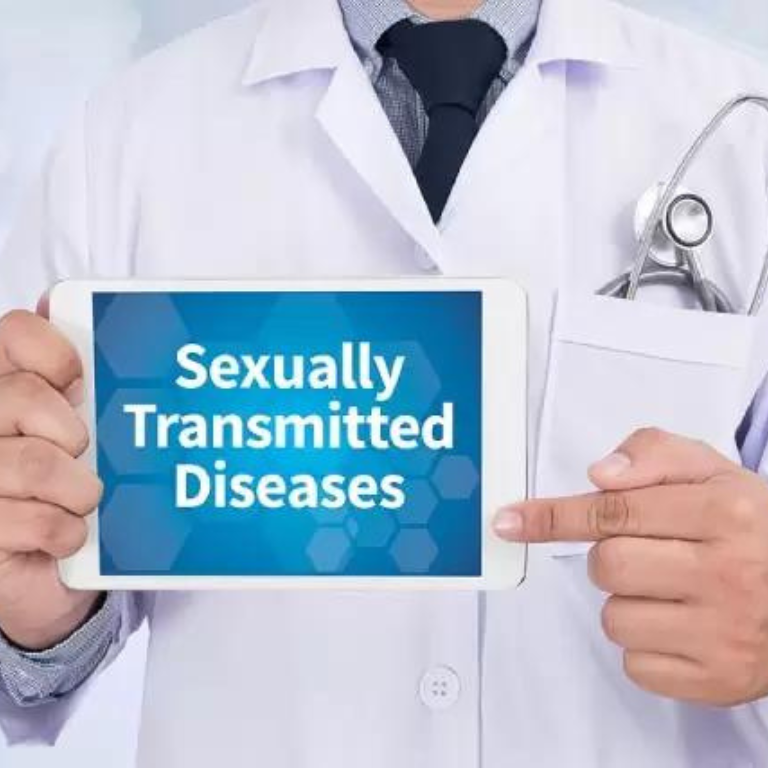
Sexually Transmitted Diseases (STDs)
STD treatment involves diagnosing and managing infections transmitted through sexual contact.

Infertility
Infertility treatment focuses on diagnosing and addressing factors that affect a couple’s ability to conceive.

Menopause
Menopause management provides support and treatment for women experiencing the end of their menstrual cycles, addressing symptoms like hot flashes, mood changes, and bone health to ensure a smooth transition.

Vaccination And Check-up
Routine vaccinations and check-ups are essential for maintaining overall health, preventing infectious diseases, and detecting potential health issues early for timely intervention.

Normal Delivery
Normal delivery care involves monitoring and supporting a woman through a vaginal birth, ensuring the safety and well-being of both mother and baby throughout the labor and delivery process.

Sonography
Sonography uses ultrasound technology to create images of the body’s internal structures, helping in the diagnosis and monitoring of various medical conditions, including pregnancy.

Pregnancy Care
Comprehensive pregnancy care includes regular prenatal check-ups, nutritional guidance, and monitoring the health of both mother and baby to ensure a healthy pregnancy and safe delivery.

Cesarean Delivery
Cesarean delivery, or C-section, is a surgical procedure used to deliver a baby when vaginal delivery is not possible or safe, ensuring the well-being of both mother and child during childbirth.
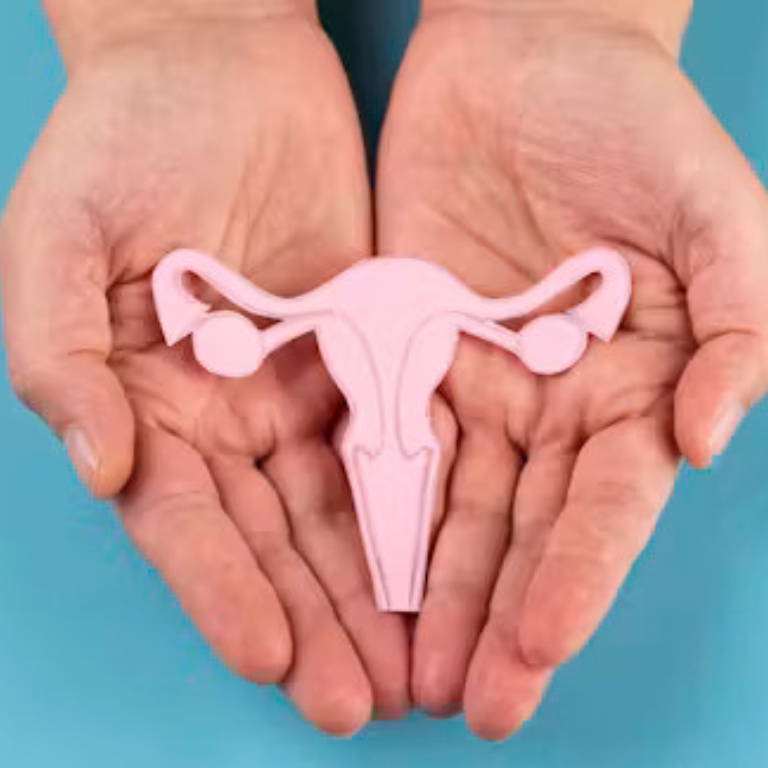
Menstrual Complaints
Treatment for menstrual complaints addresses issues like irregular periods, heavy bleeding, and painful cramps, offering solutions to manage symptoms and improve overall menstrual health.
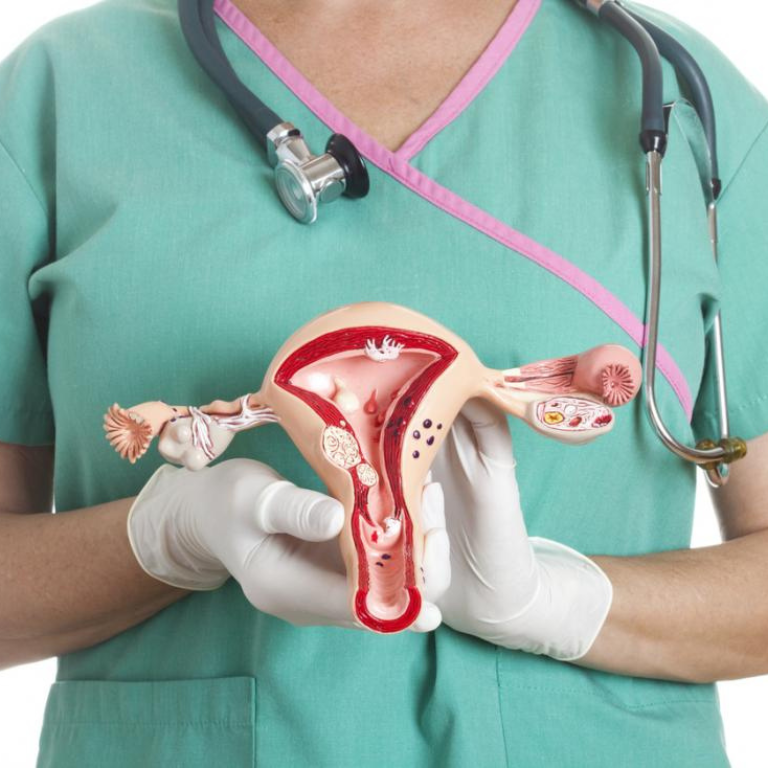
Abdominal & Vaginal Hysterectomy
Abdominal and vaginal hysterectomy are surgical procedures to remove the uterus, performed for various medical reasons, such as fibroids or cancer, with different approaches depending on the patient’s condition.
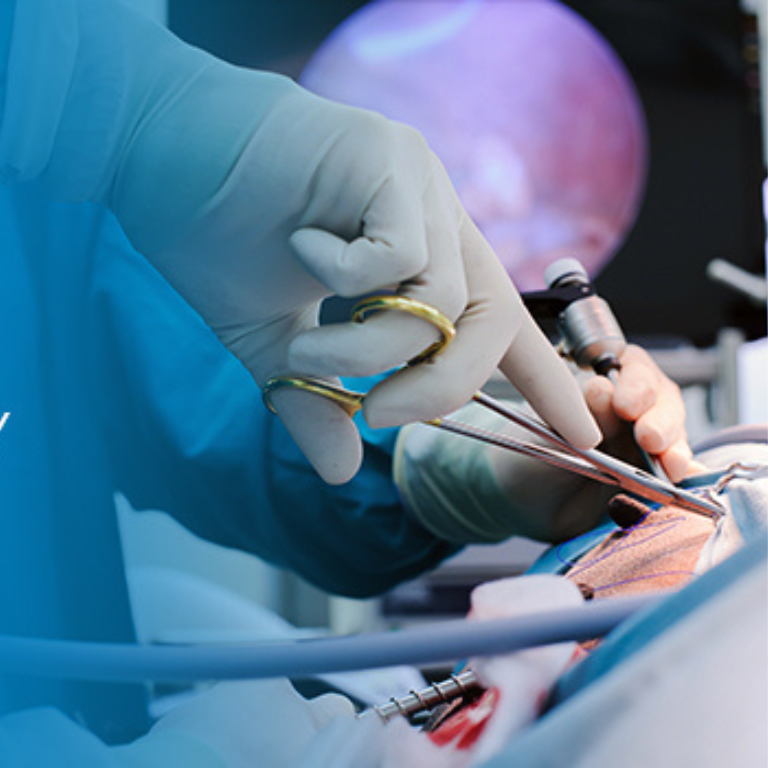
Laparoscopy Hysterectomy
Laparoscopic hysterectomy is a minimally invasive surgery to remove the uterus using small incisions and a camera, offering a quicker recovery and less postoperative pain compared to traditional methods.

Family Planning
Family planning services provide education, resources, and methods to help individuals and couples make informed decisions about contraception, pregnancy spacing, and reproductive health.
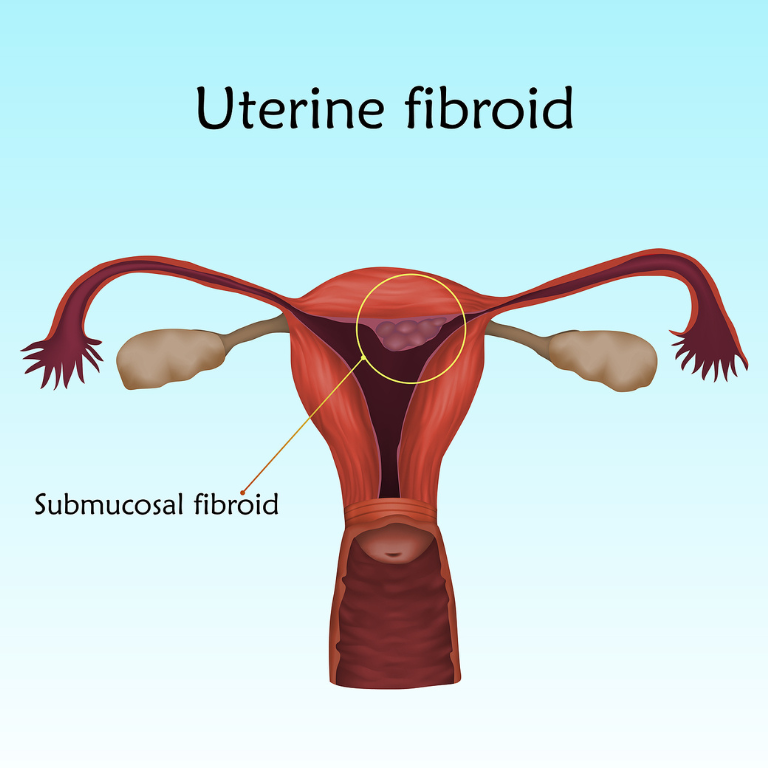
Fibroid Treatment
Fibroid treatment involves managing noncancerous growths in the uterus through medication, minimally invasive procedures, or surgery, aiming to alleviate symptoms like heavy bleeding and pelvic pain.

Gynecology
Laparoscopic hysterectomy is a minimally invasive surgery to remove the uterus using small incisions and a camera, offering a quicker recovery and less postoperative pain compared to traditional methods.
